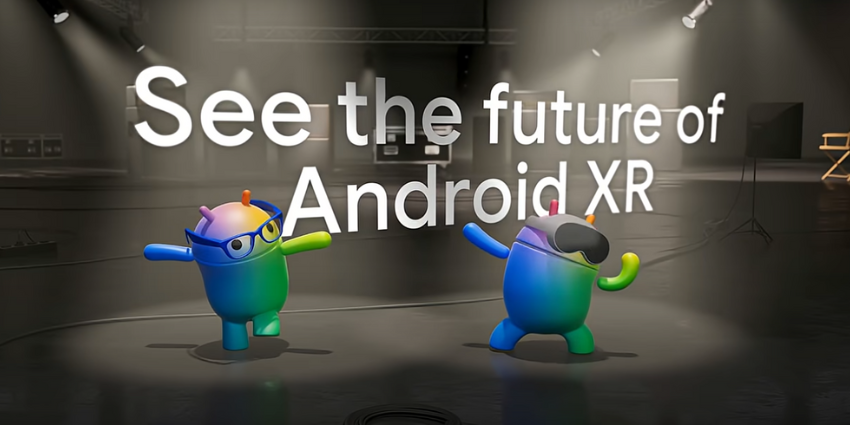Concerns are mounting in the technology landscape. After a phenomenal period of growth, prompted by the acceleration of digital transformation during the pandemic, countless brands have suddenly encountered budget cuts, dips in funding, and supply chain issues. The result has been an increase in the number of layoffs throughout the technology space.
Brands began announcing an increasing number of job cuts in 2022, and the issue seems to have continued into 2023. Even the biggest companies in the most disruptive sectors, such as AI and machine learning, haven’t been immune to the challenges.
Here are some of the companies invested in the AI landscape that announced major job cuts or layoffs over the last year.
Salesforce
Salesforce is best known for delivering one of the world’s most popular platforms for customer relationship management. But the company is also heavily invested in the AI landscape, with tools like Salesforce Einstein and Genie providing valuable CX insights.
At the beginning of January 2023, Salesforce announced it was planning on cutting jobs by around 10% after hiring too many professionals in the last year. The announcement came not soon after Salesforce said it was working hard to reduce the number of people it let go in November 2022.
According to the cloud computing company, the increase in layoffs resulted from a rapid hiring push during the pandemic, which led to a bloated ecosystem for the team. In the face of the new economic downturn, Salesforce can no longer afford to maintain its expanded workforce.
Alphabet
Google’s parent company, Alphabet, one of the major leaders in the AI landscape today, has also started to lay off thousands of professionals in recent months. Similar to Salesforce, Alphabet noted it had increased its staff count in recent years, based on the results of the pandemic, but now needs to cut back to handle the uncertainties in the economy.
As of February 2023, Alphabet has laid off approximately 12,000 employees, accounting for about 6% of its workforce. In a memo to its staff, the company noted that certain layoffs would take place at a later date, due to differences in employment law around the globe.
According to the CEO, Sundar Pichai, the company will also be conducting a careful review of its services and products to ensure its people and roles are aligned with the priorities it currently has as a growing company. It’s unsure at this time whether the layoffs will affect Alphabet and Google’s strategy to develop additional XR technologies in the years to come.
Microsoft
Despite recently sharing positive comments about Microsoft’s Q2 revenue and earnings in 2023, Microsoft has also fallen victim to an unpredictable tech economy. Though Microsoft Teams is more popular than ever, and Microsoft is continuing to invest in new innovations in the XR and landscape, the company was still forced to fire 10,000 workers at the beginning of this year.
The layoffs add up to around 4.5% of Microsoft’s complete workforce. Additionally, some reports suggest Microsoft may have also cut its workforce by the end of 2022. Recently, Microsoft announced it has reduced the number of employees working on the mixed reality headset it produces for the US Army, which could be extra evidence of the company’s hiring troubles.
According to Satya Nadella, Microsoft, like many other companies, is responding to a changing, more cautious economic environment. Reducing the number of jobs available for Microsoft innovators could be part of a strategy to cut costs and preserve revenue for the company.
Meta
An innovator in the XR, metaverse, and AI landscape, Meta has also laid off several employees in the last year. In November, the company fired 11,000 employees, reducing the total workforce by around 13%, despite increasing promises about the metaverse and investment into new tools with generative AI capabilities.
In 2023, many analysts are concerned that Meta may continue eliminating jobs as part of a comprehensive restructuring strategy. Meta’s hiring cuts could be a response not just to the current economic climate but also to the various other challenges the brand has faced in the last year. For instance, Meta was brought under fire in 2021 after attempting to acquire Within.
Aside from eliminating contracts with existing employees, Meta could also reduce and remove job offers for new candidates. It will be interesting to see how the hiring changes impact Meta and Reality Labs as they head into the next stage of their development journey.
ByteDance
The company responsible for Pico Interactive and TikTok announced a round of layoffs at the end of 2022, affecting staff in a range of different branches. At this time, it’s difficult to know exactly how many employees are being removed from the company; however, rumours indicate that additional layoffs may be in the pipeline.
Interestingly, ByteDance also announced it was shutting down its investment department in 2022 to reduce spending and strengthen the company’s focus on the future. However, since then we have continued to see rapid innovation and development from the brand, particularly in the XR space.
Despite numerous hiring changes, the ByteDance brand still has various job postings available online, indicating it may not be implementing the same “hiring freezes” as some other technology brands at this stage.
Tech Company Layoffs Continue This Year
The five companies above aren’t the only competitors in the AI landscape struggling with job cuts and layoffs. Cisco is planning on restructuring its team by getting rid of about 5% of its workforce this year, despite a 6% increase in revenue reported within the first quarter of 2023.
Twilio, the API company with a focus on AI solutions, is planning on reducing its staff by 11% in an effort to increase profitability during 2023. Even innovative chip company Intel has said it’s planning on cutting hundreds of jobs in the year ahead. It’s undoubtedly a difficult time for the tech industry, as no company seems to be immune to the increasing demand for layoffs.







